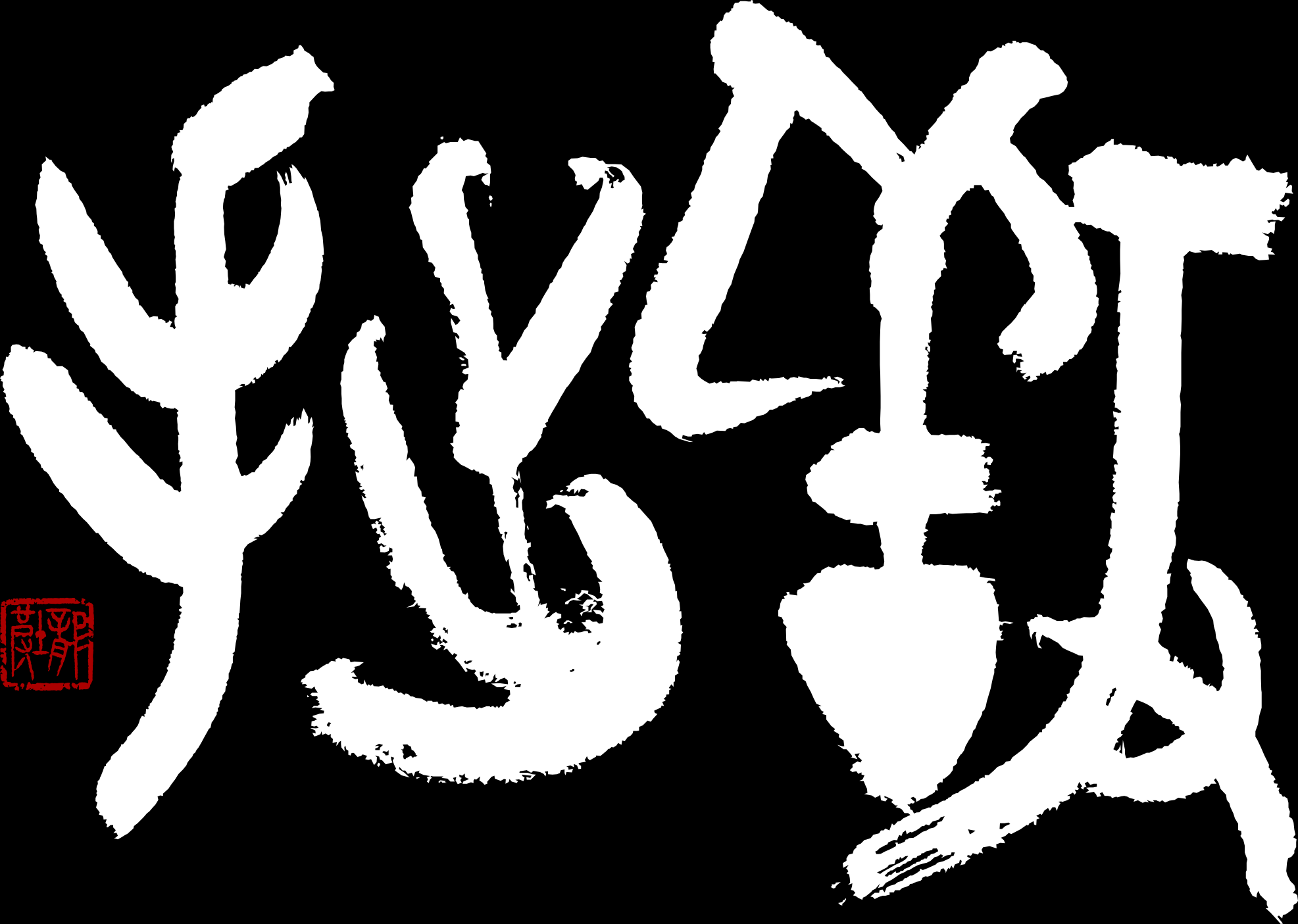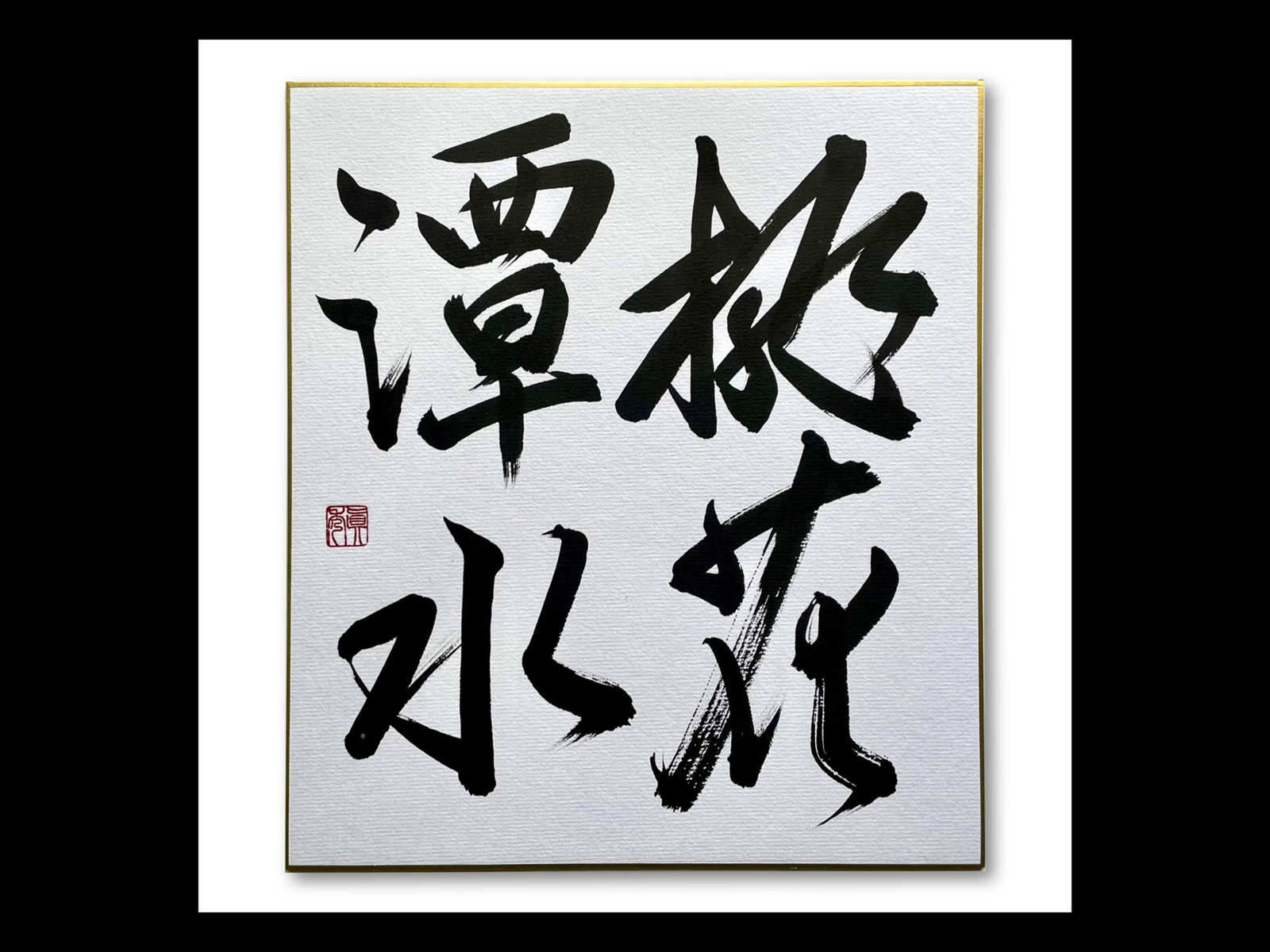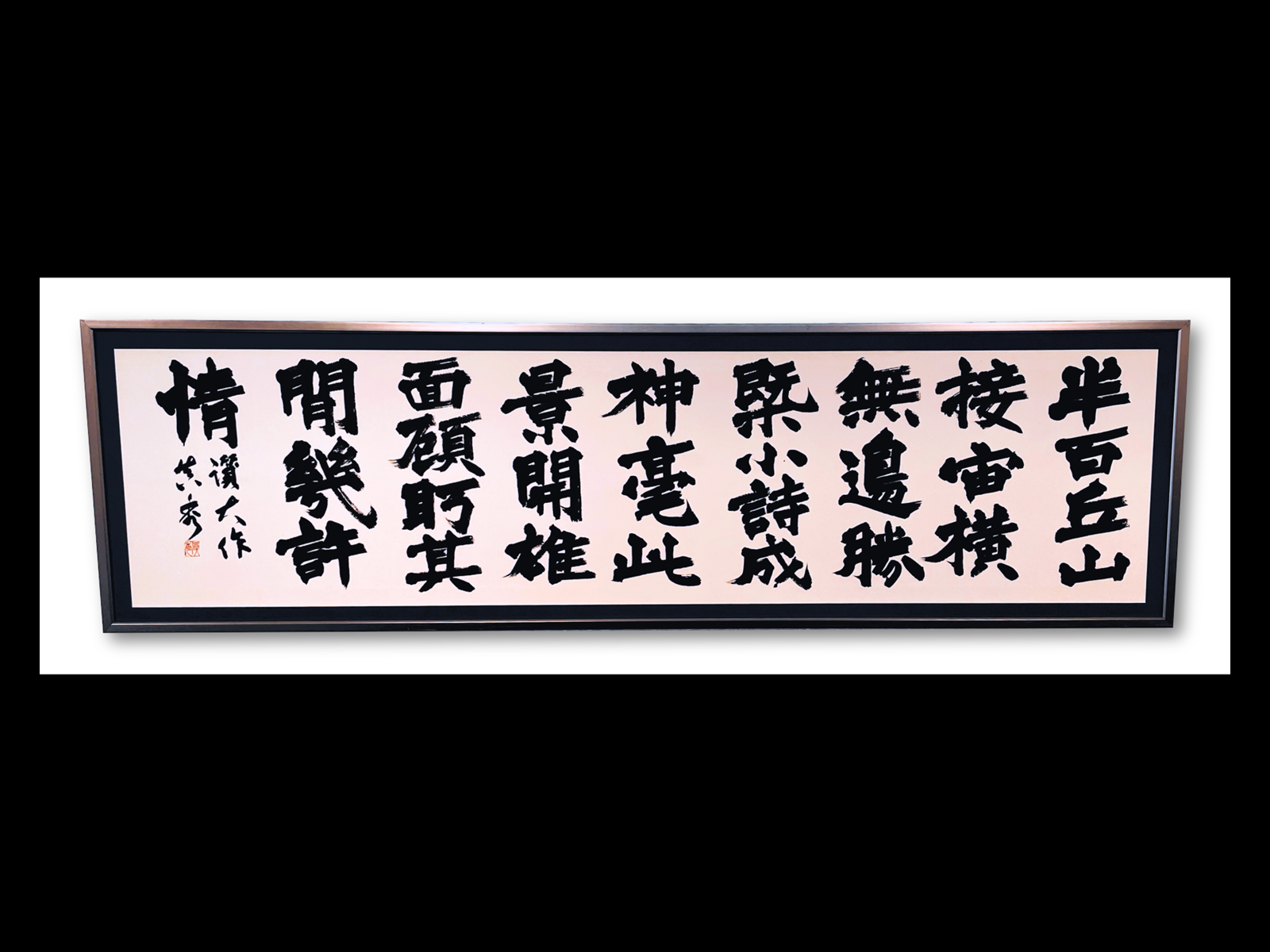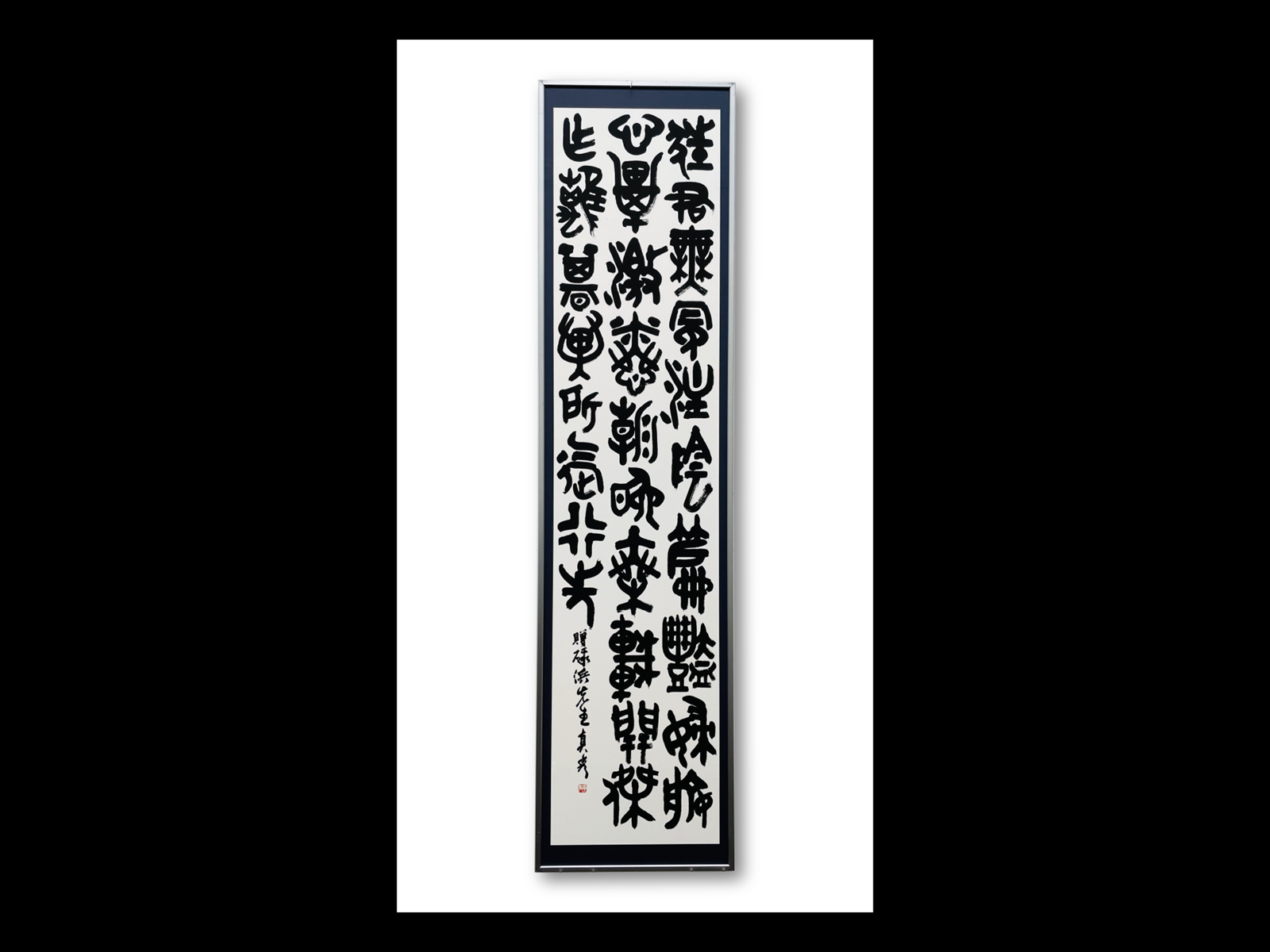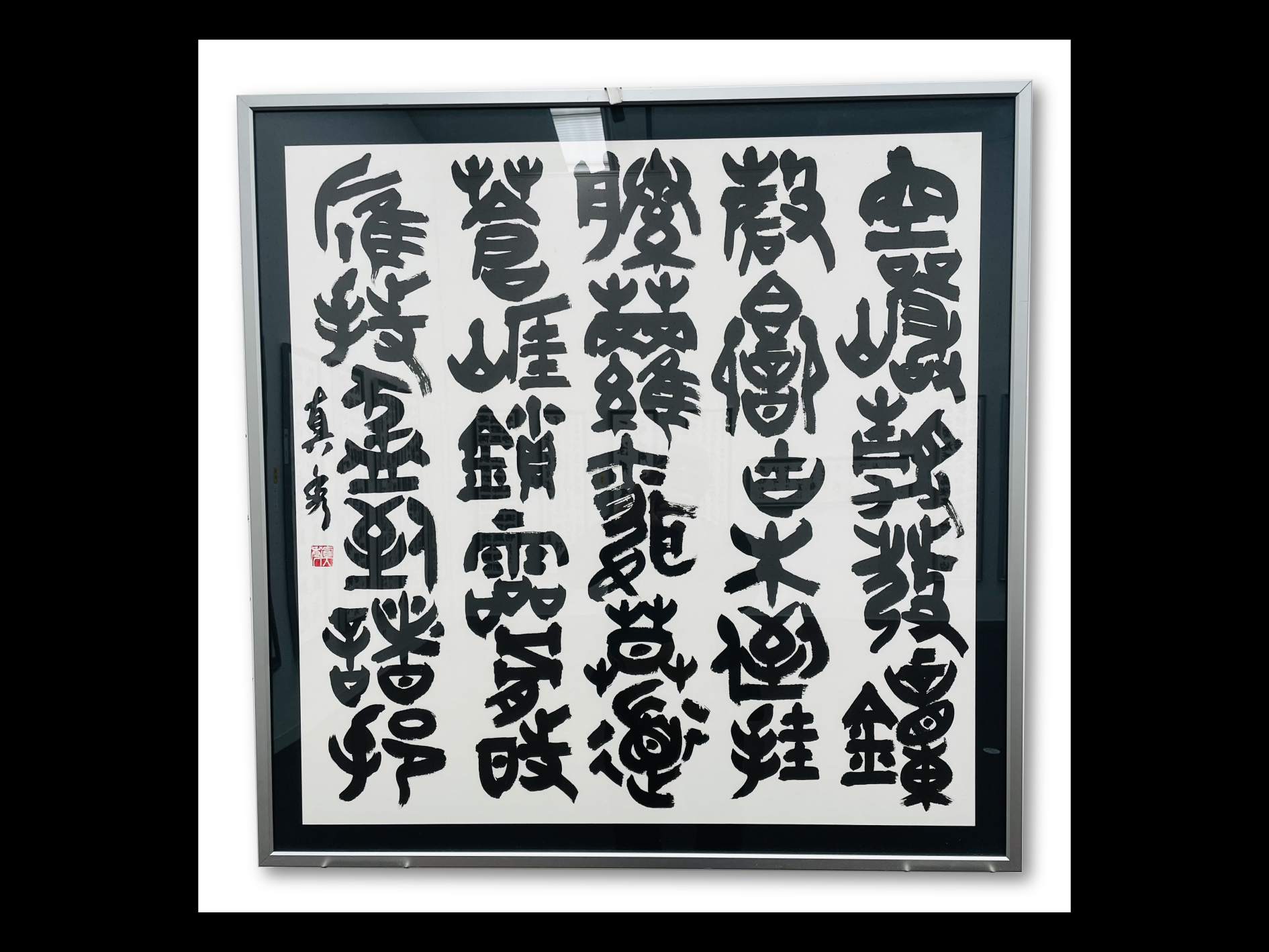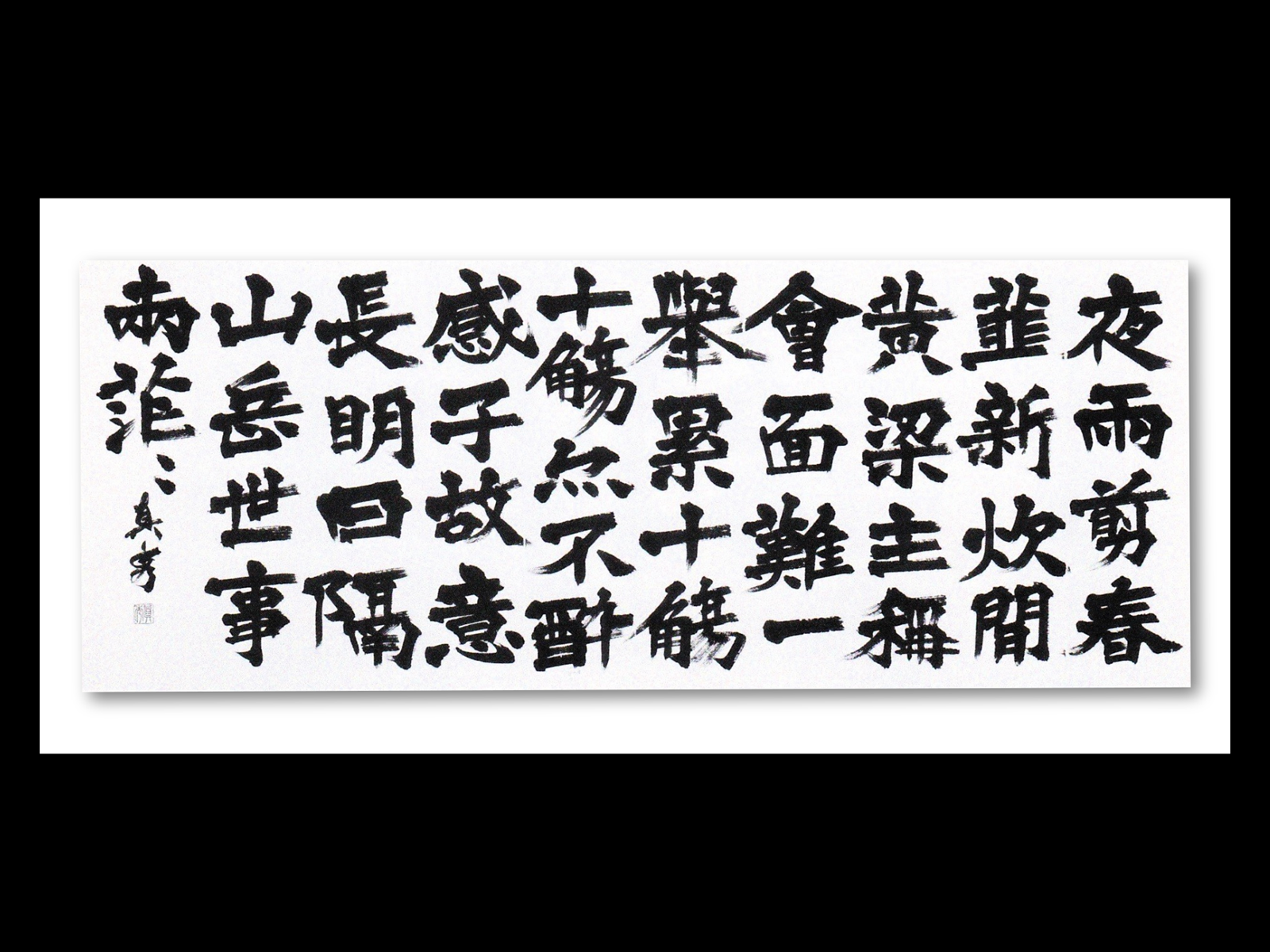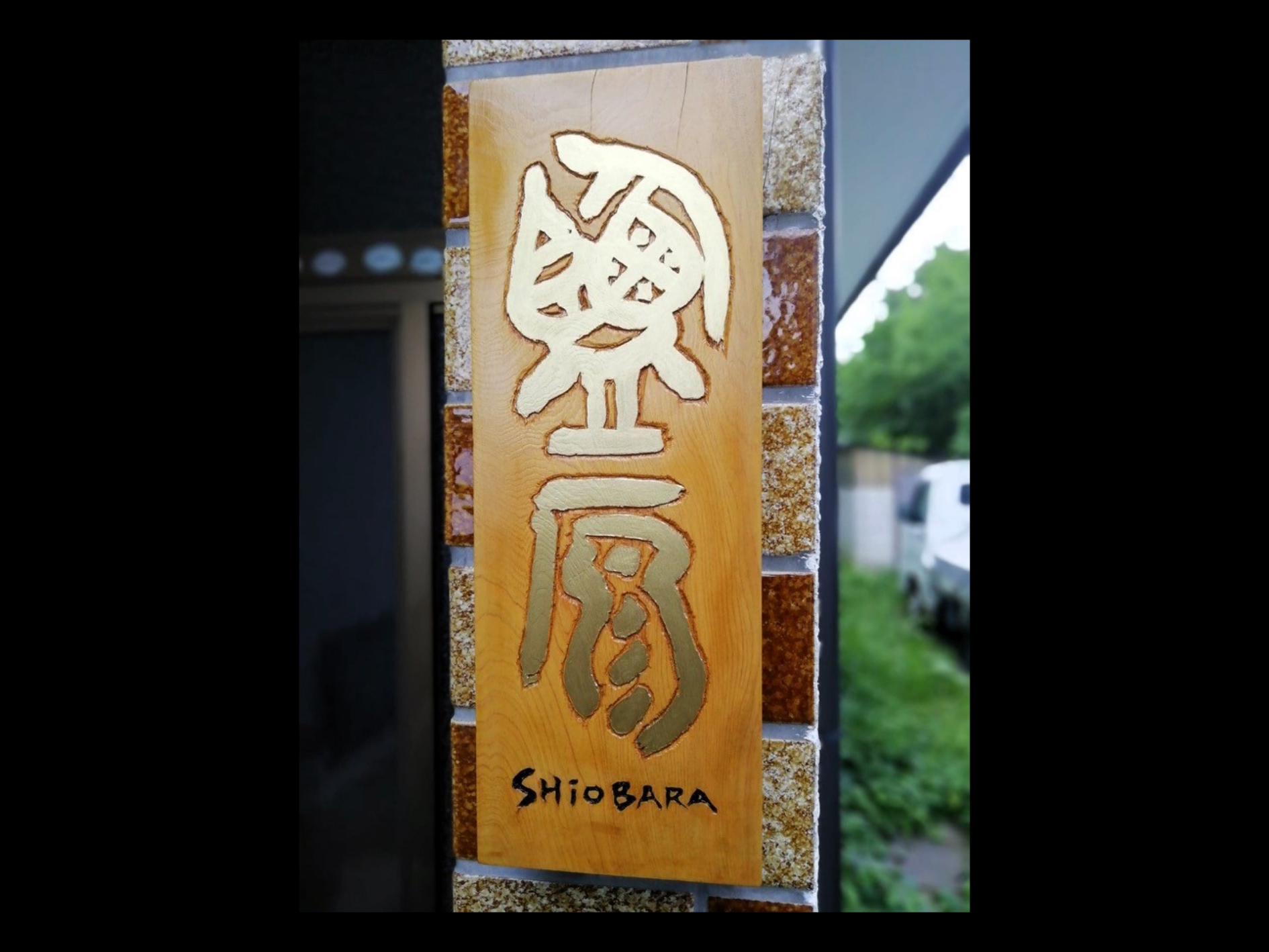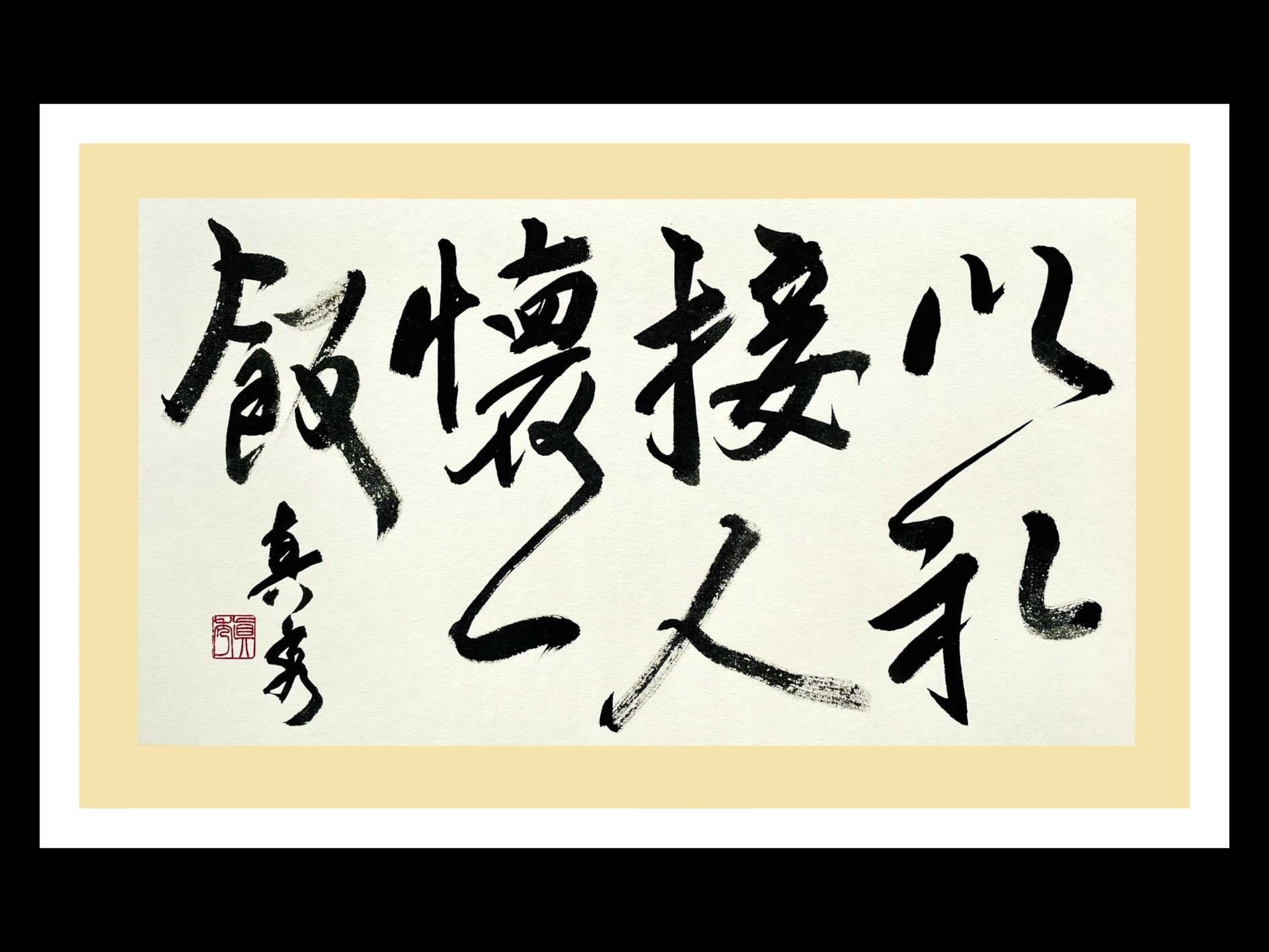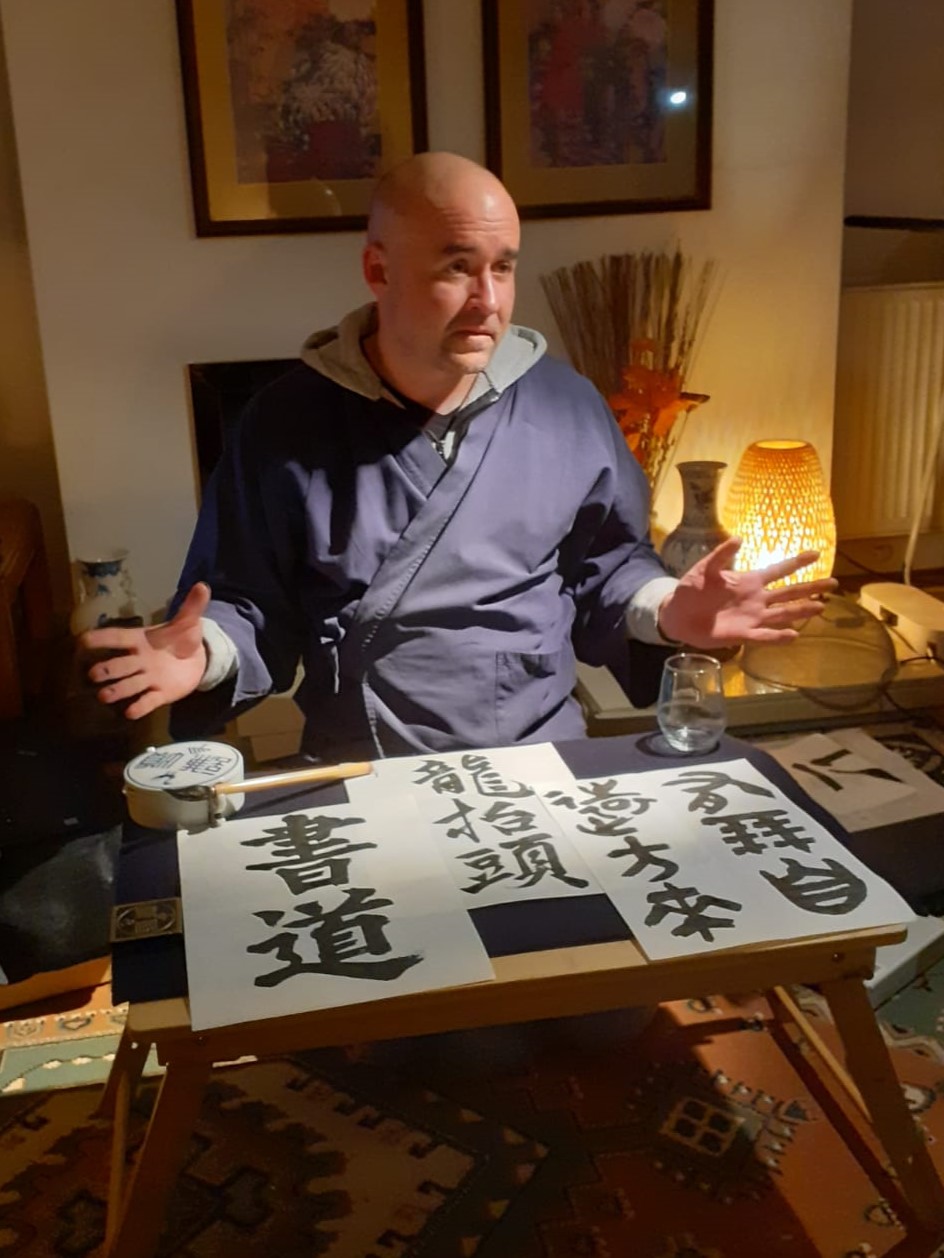
Matthew giving a demonstration and explanation of calligraphy.
| Name: | Matthew James |
| Pen Name: | 真秀 (Mashū) |
| Birthplace: | Derbyshire, United Kingdom |
| Affiliations: | Yōsetsubunsha (養拙文社) Kenshin Calligraphy Association (謙慎書道会) Yomiuri Calligraphy Association (読売書法会) Seiwa Calligraphy Association (成和書会) Japan Kyūryū Calligraphy Association (日本究龍書道会) |
| Exhibition History: | Mainichi Calligraphy Exhibition Gunma Prefectural Calligraphy Exhibition Yomiuri Calligraphy Exhibition Kenshin Calligraphy Exhibition Seiwa Calligraphy Exhibition |
| Awards: | Yomiuri Calligraphy Exhibition Prize for Excellence (three times: 2017, 2018, 2023) Kenshin Calligraphy Exhibition Prize for Excellence (eight times) |
Samples of Work
Brief History
I began practicing calligraphy in the summer of 2000, shortly after moving to Gunma prefecture in Japan to take up a position as an English teacher.
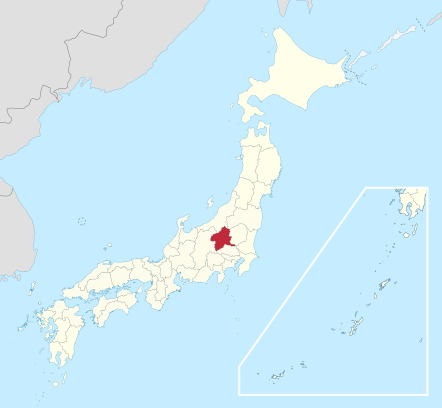
Gunma prefecture (shown in red).
By TUBS – This SVG map includes elements that have been taken or adapted from this map:, CC BY-SA 3.0, Link
I studied hiragana (Japanese phonetic characters) and kaisho (regular script) with a local teacher for a year before becoming the first student of Ikeda Keisen-sensei (池田 惠泉先生) and a member of the Japan Kyūryū Calligraphy Association.
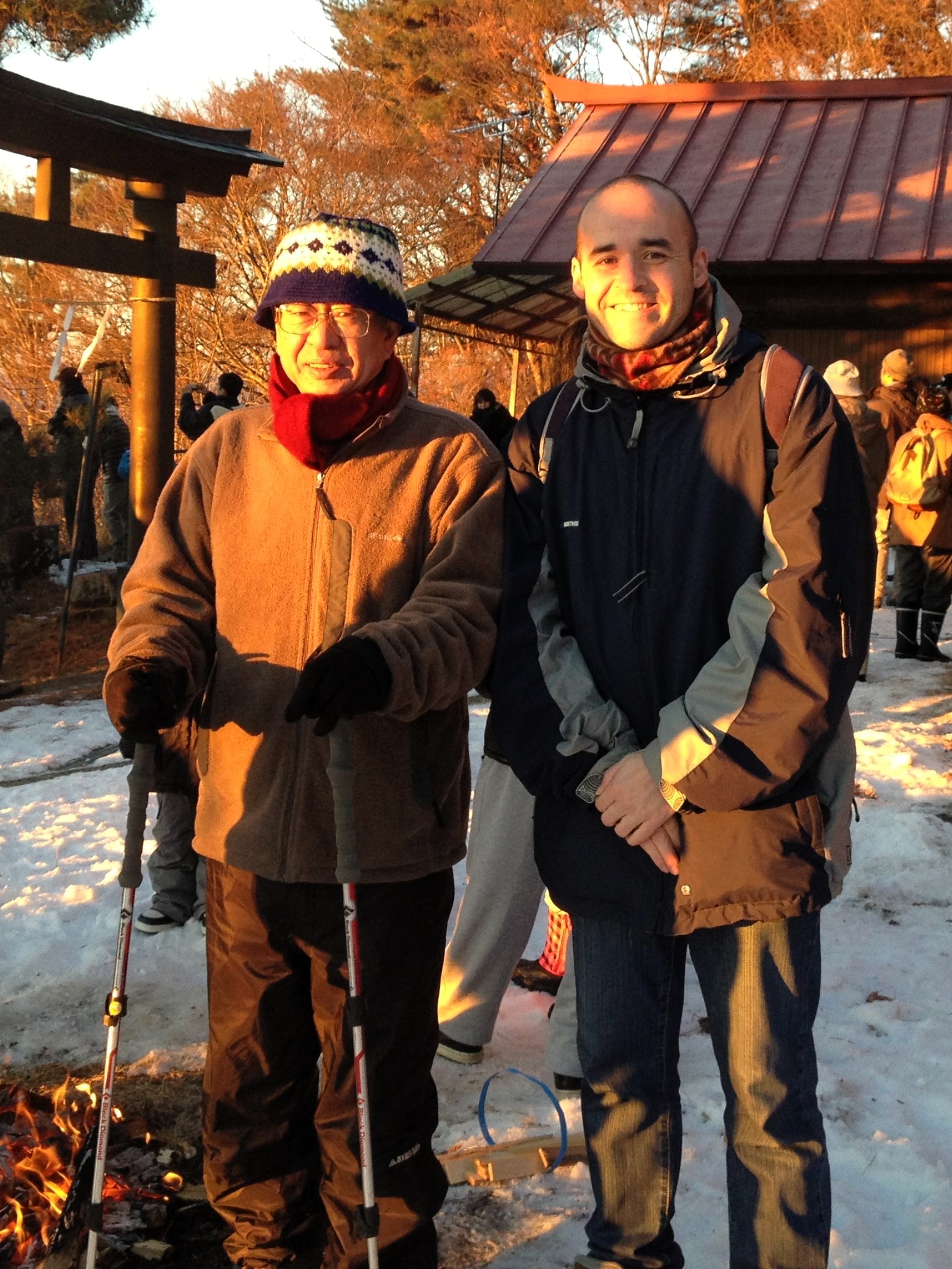
Matthew with Keisen-sensei.
I was a student of Keisen-sensei for 13 years, during which time I began studying all the principal styles of calligraphy as well as the history of calligraphy and Chinese poetry and literature. In 2006, a piece that I wrote in gyō-sōsho (running-cursive script) was selected for the Mainichi Calligraphy Exhibition at the Tokyo Metropolitan Art Museum.
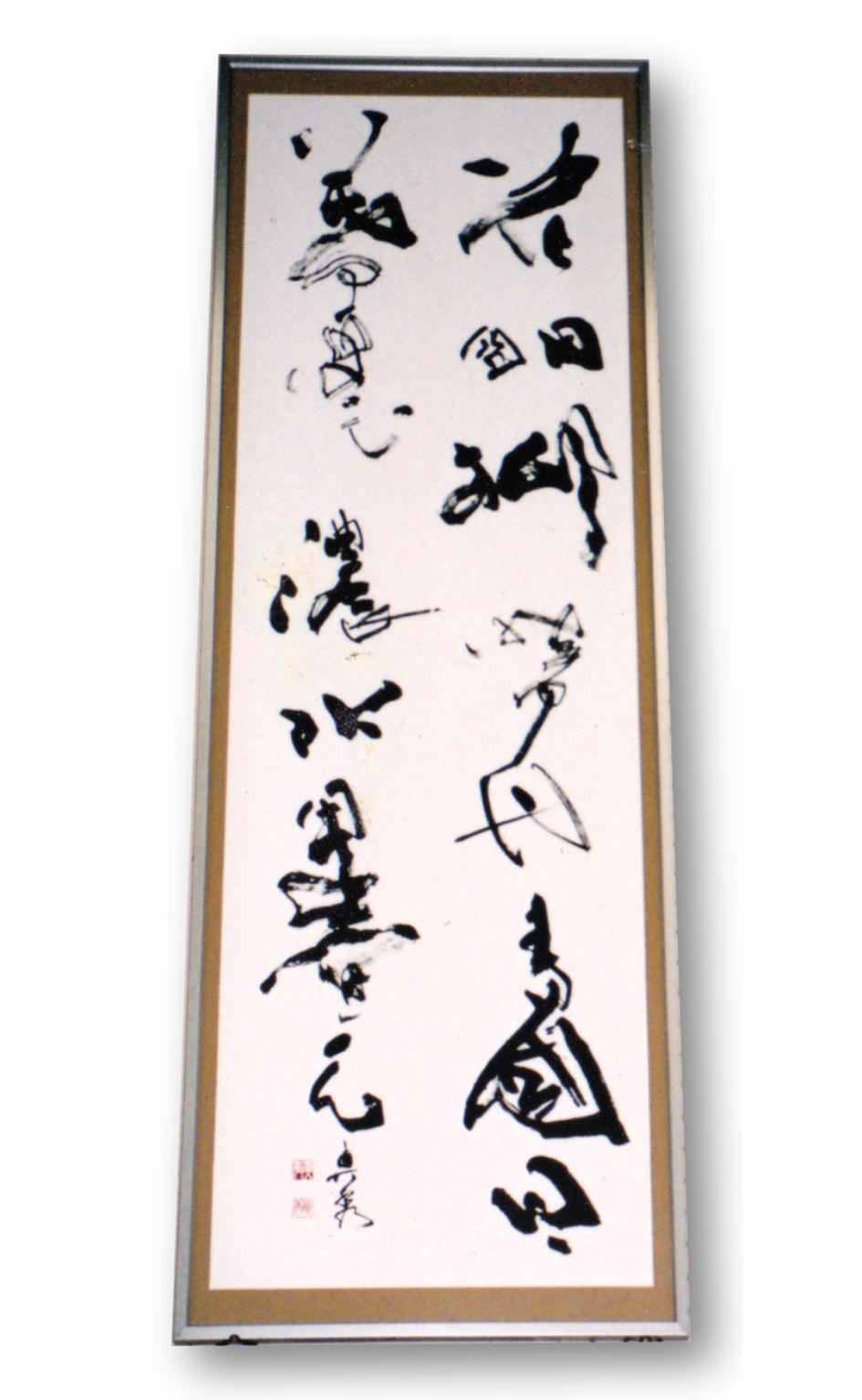
Matthew’s piece in the 2006 Mainichi Calligraphy Exhibition.
Despite relocating to the UK for five years from 2007, I continued to study calligraphy, both through correspondence with Keisen-sensei and on my own.
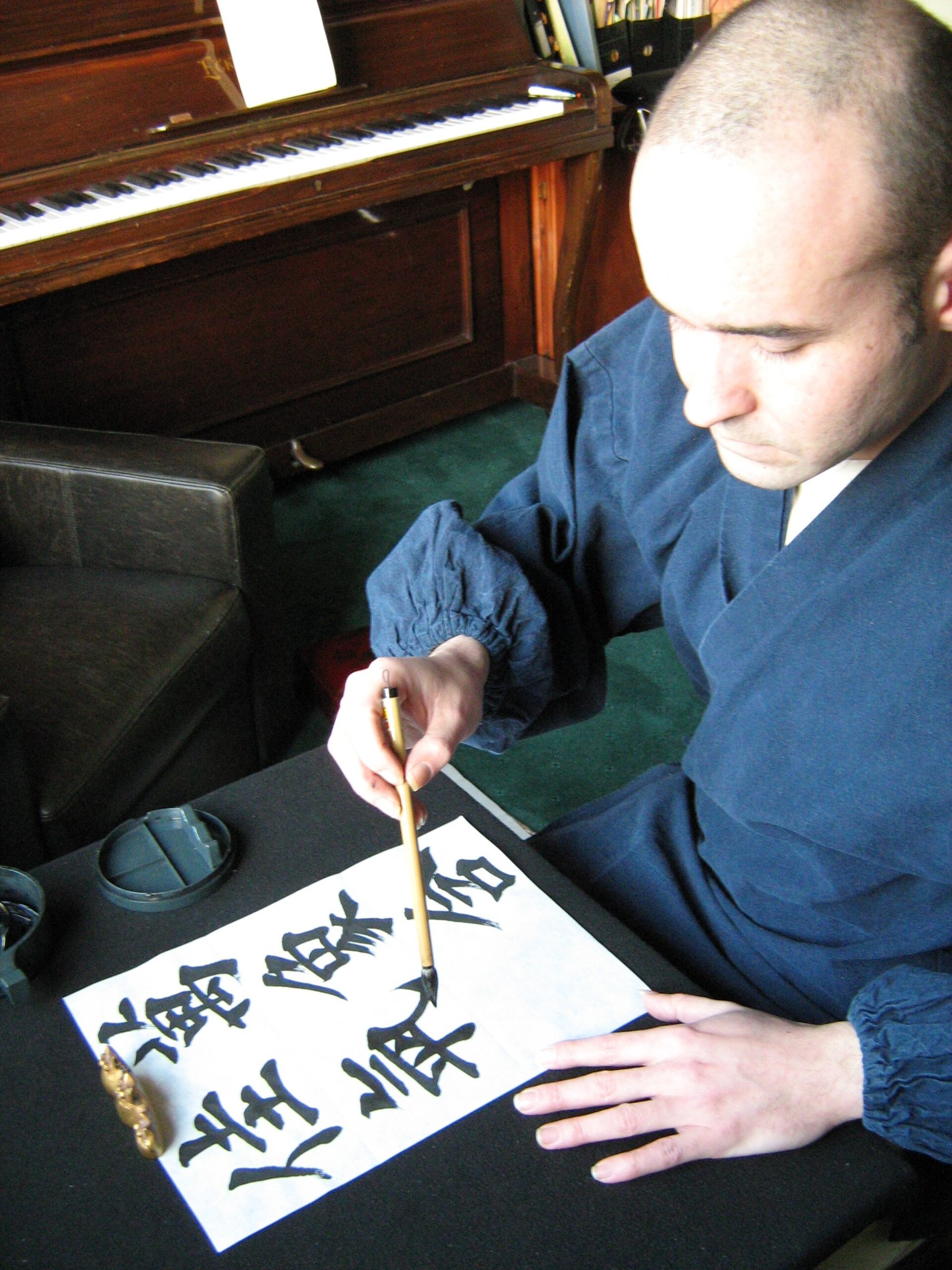
Practicing calligraphy at home in Derbyshire.
After returning to Japan in early 2012, I was encouraged by Keisen-sensei to study tensho (seal scipt) in order to enhance the quality of the lines that I wrote. As it turned out, not only did I enjoy studying tensho, but I also seemed to have a natural talent for it. As Keisen-sensei is not an expert on tensho, I started communicating regularly with Matsuura Ryūha-sensei, the vice-chairman of the Japan Kyūryū Calligraphy Association, and I officially became a student of Ryūha-sensei in 2014.
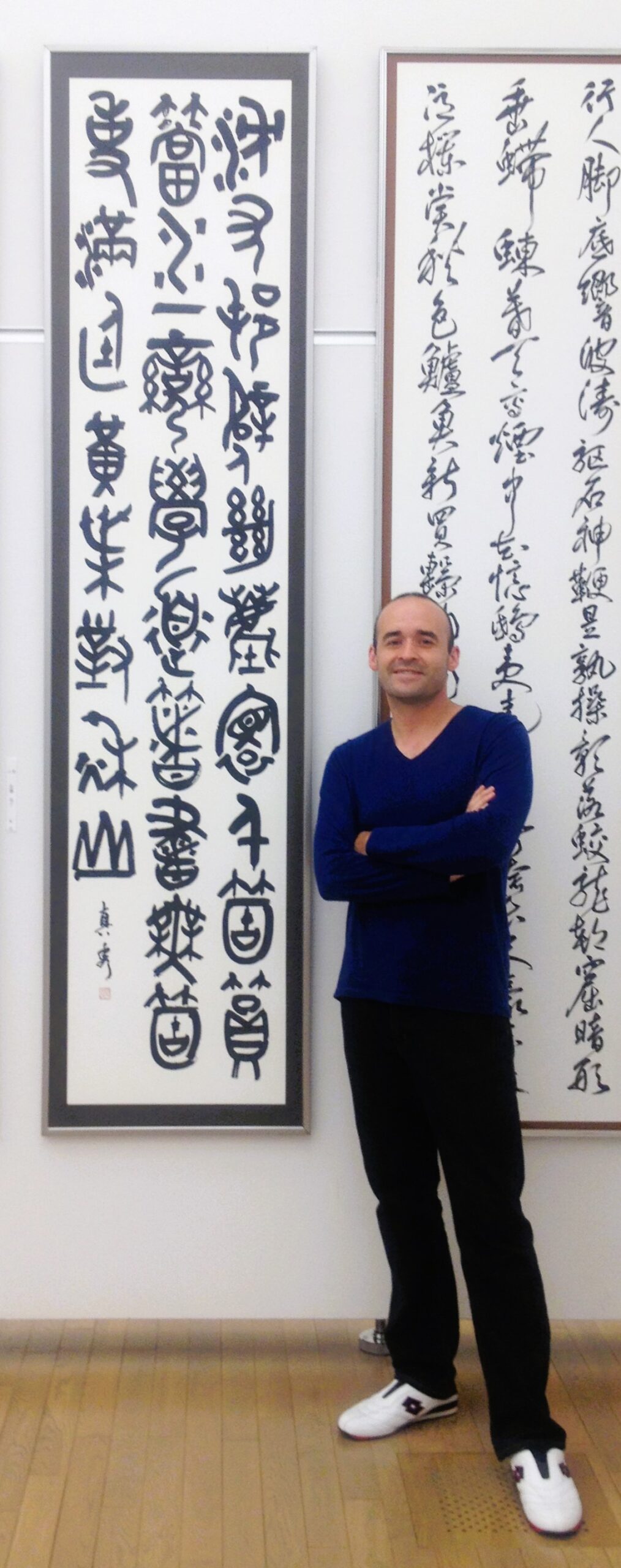
Matthew’s piece in tensho at the 2013 Yomiuri Calligraphy Exhibition.
Under Ryūha-sensei’s guidance, I have come to specialize in tensho and Hokugi kaisho (Northern Wei-dynasty regular script), and my work has been selected for and won prizes at the Yomiuri and Kenshin Calligraphy Exhibitions. I have also had the chance to learn from Ryūha-sensei’s teacher, Ushikubo Gojū-sensei, and participate in Gojū-sensei’s annual Seiwa Calligraphy Exhibition.
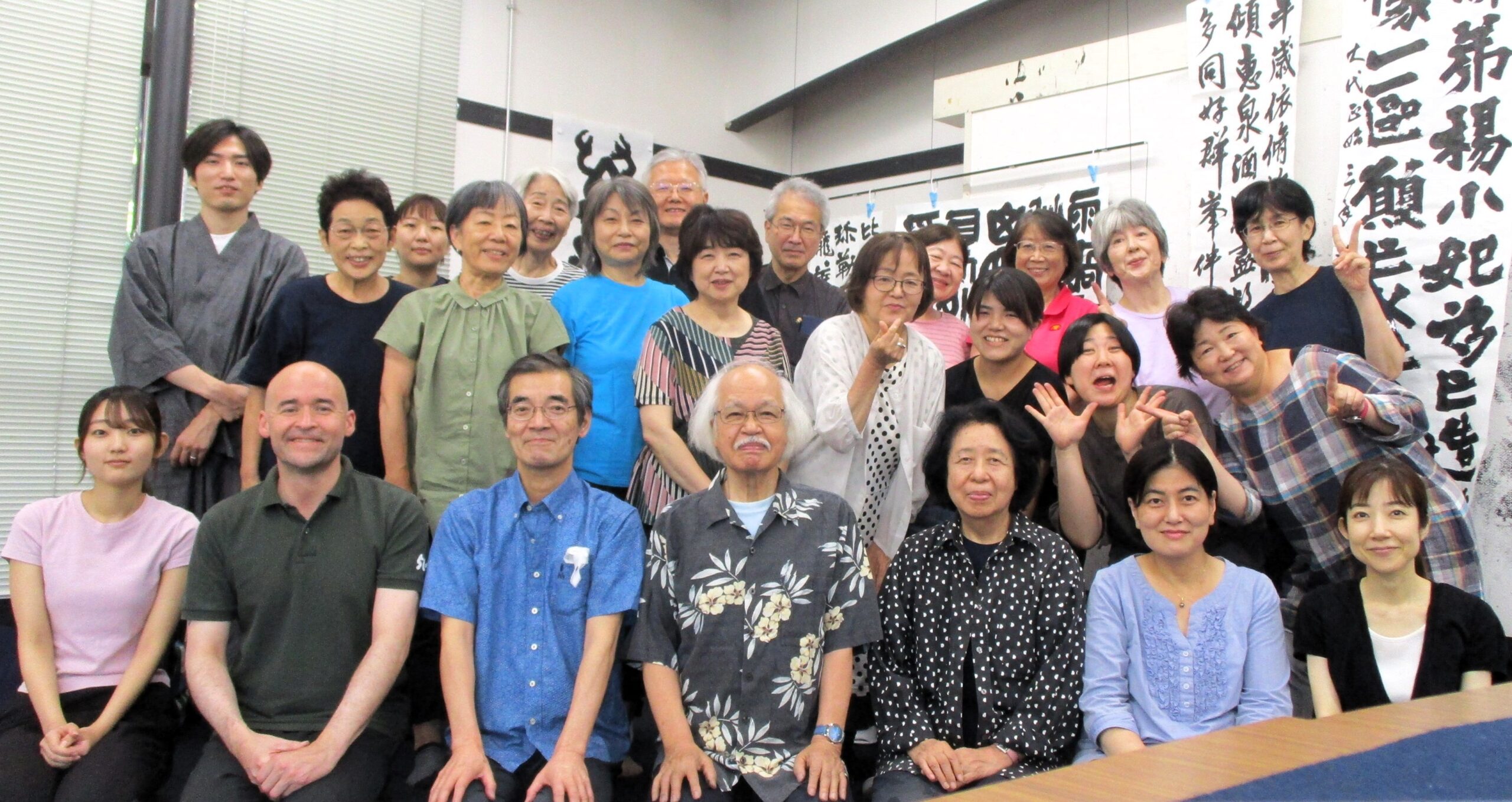
With Gojū-sensei (bottom row, centre) and other participants at the 2023 Seiwa Calligraphy Association Summer Training Camp.
Moreover, at Gojū-sensei’s recommendation, I was asked to teach an introductory calligraphy class for English speakers at the National Art Center in Tokyo as part of the 2017 Yomiuri Calligraphy Exhibition. In 2019, I was invited to participate in the Yomiuri Calligraphy Association’s annual symposium, in which I was consulted for advice about how to increase the appeal of calligraphy to foreign visitors to Japan.
At the end of 2023, I returned to live permanently the UK and set up this website as a way of sharing what I have learned about calligraphy with people in the English-speaking world. I have also been offered the chance to study for a PhD in Art History by the Sainsbury Institute for the Study of Japanese Arts and Culture at the University of East Anglia. My research will focus on developments in calligraphy in Japan during the late-19th and early-20th centuries.
